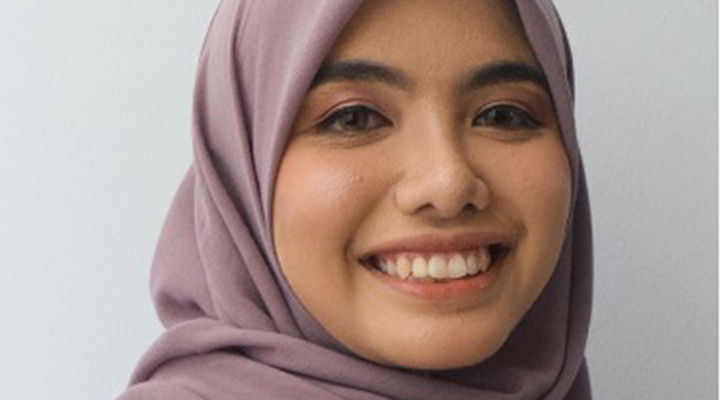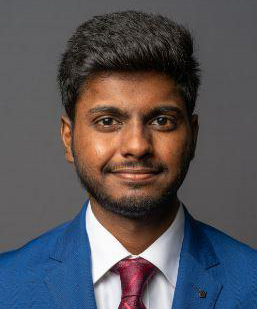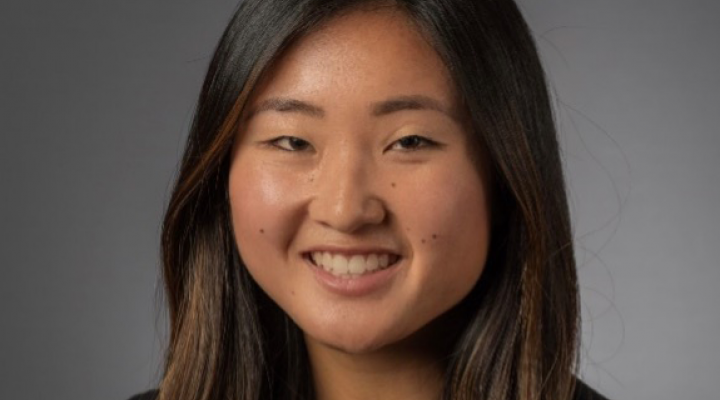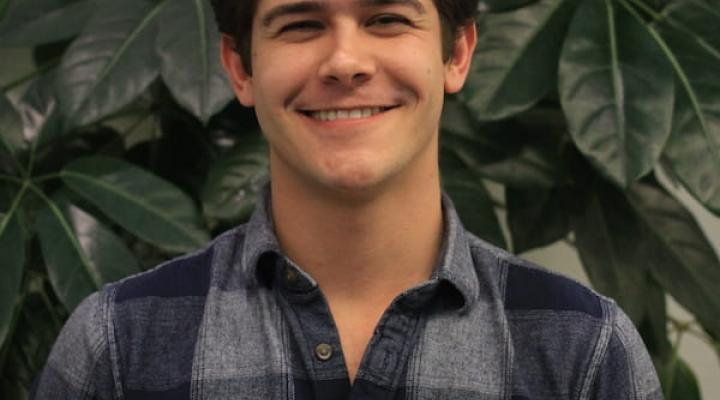Praveen Varadaraj (M.Eng | Materials Science & Engineering, Cornell class of 2022)
Praveen Varadaraj comes to Cornell University from the Department of Mechanical Engineering at GITAM University in Hyderabad, India, where he earned his Bachelor of Technology in Mechanical Engineering.
As a young engineer, Varadaraj has already sought out a diverse range of interesting and exciting projects while developing his research skills, mechanical skills, and technological experience. Some recent projects have included
- Leading a team in the design and construction of an all-electric All-Terrain Vehicle (ATV), followed by competition in the BAJA national trials in an effort at promoting green technology within the sporting sector.
- Contributing to the design of technologies used to improve the PSLV (Polar Satellite Launch Vehicle), India’s primary satellite launching instrument.
- Extensive contributions through research and design towards the improvement of 3D printing capabilities and resin formulations.
During his internship, Varadaraj collaborated with Sartomer USA - https://americas.sartomer.com/en/, a supplier of acrylate and methacrylate monomers and other materials used within UV and UV LED systems to research and test photopolymers used in 3D printing resin in an effort at reducing poor printability, under-curing, and yellowing of the material after prolonged exposure to light.
Additive manufacturing (AM), also known as 3D printing, is possible through a variety of methods utilizing different materials and practices, but Varadaraj has focused his efforts on the Digital Light Processing (DLP) technique -
“DLP printing is unique in that it takes place within a vat containing liquid resin and is capable of generating a variety of highly complex, 3D structures in microscale architecture,” explains Varadaraj. “As the printing process takes place in a liquid environment, the DLP printing technique does not require any support structures to print porous and hollow structures, which makes this an ideal solution to fabricating lattice metamaterials pneumatically actuated soft robots, and many other structures and devices constructed with trusses or cavities.”
Applications for this material include elasticized materials such as rubber seals, flexible electronics, energy absorbers, soft robotics, and smart biomedical devices which require soft and deformable material properties.
Varadaraj has taken a playful approach to engineering, even while working on complex projects like photopolymers used in the design of medical equipment.
“As a multifaceted individual I always find joy and happiness in trying out new things and the same stands for my time at Cornell,” says Varadaraj. “I’ve always tried to take courses that have intrigued me, and which have introduced me to brand new puzzles and materials that I hadn’t had the chance to play around with yet in my life.”
Varadaraj doesn’t just limit his play and exploration to materials engineering, but holds a philosophy of deeply and entertainingly immersing himself in whatever environment or situation he finds himself in. His attention to detail has enabled him to find joy and deep appreciation within otherwise easily overlookable moments and common daily experiences.
“I’m a huge travel buff and I believe that there’s always something to explore no matter where you are. I always take some time to check my surroundings out, whether it be a national park or a small garden, because the smallest of things can be very uplifting on days when you might not expect them to be.”
Varadaraj’s appreciation for the minute and minimal has resulted conversely in his ability to analyze and ruminate upon complex and multi-faceted concepts in research and development. He appreciates the opportunities he’s had in life and at Cornell University and holds inspiration for the great minds that have come before him with far fewer opportunities and resources at their fingertips.
“I really admire anyone who has made it this far in life with significantly fewer resources than those available to the average modern human. That really shows me that I can’t make excuses by not achieving things.”
Varadaraj enjoyed his collaboration with Sartomer USA, and time spent on group projects while at Cornell. While some see asking others for their input and ideas as a personal weakness, Varadaraj sees it as another form of viable exploration.
“I’m comfortable coordinating with others to solve a problem. Many of the grand challenges that humanity has faced have been solved collectively by a group of independent individuals via the process of science. So, I don’t think it’s abandoning your independence or short-changing your own strengths when seeking advice. One can be independent and intelligent, while still understanding the value of asking for help when needed.”





